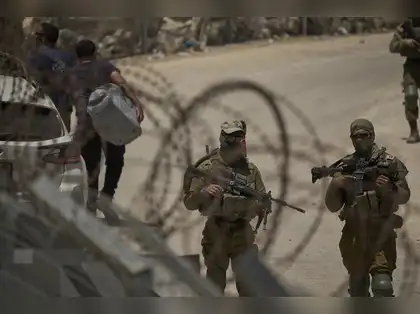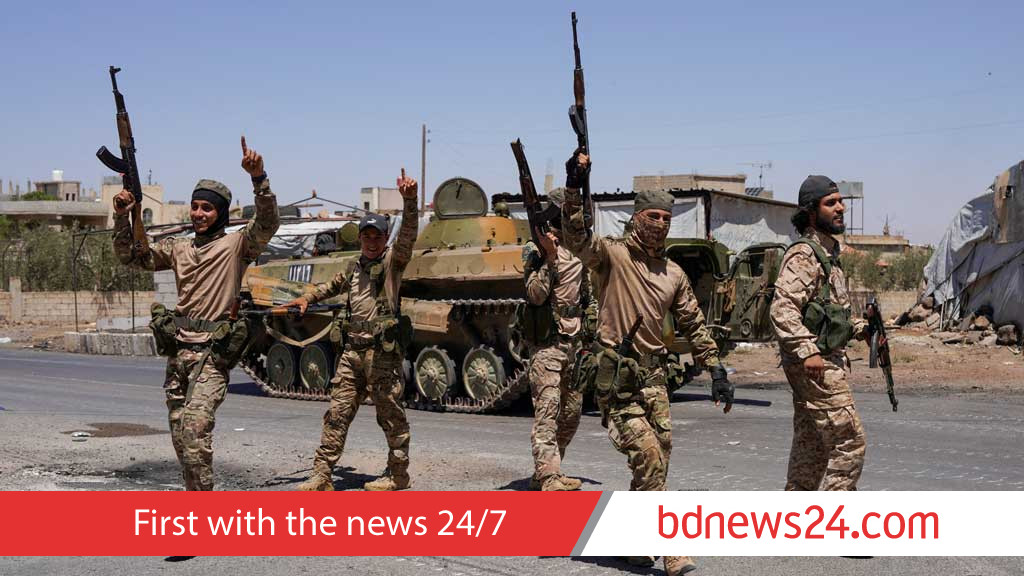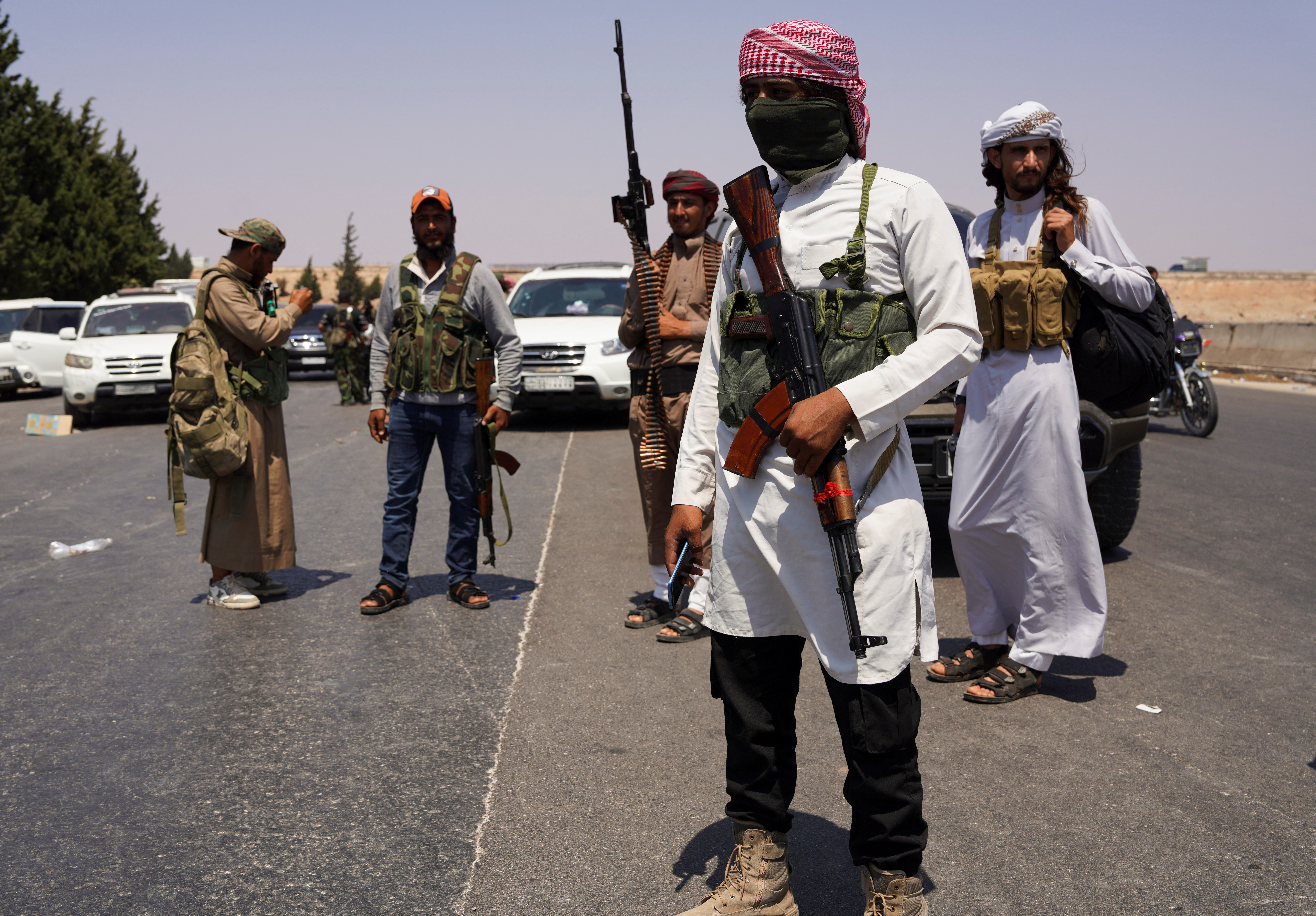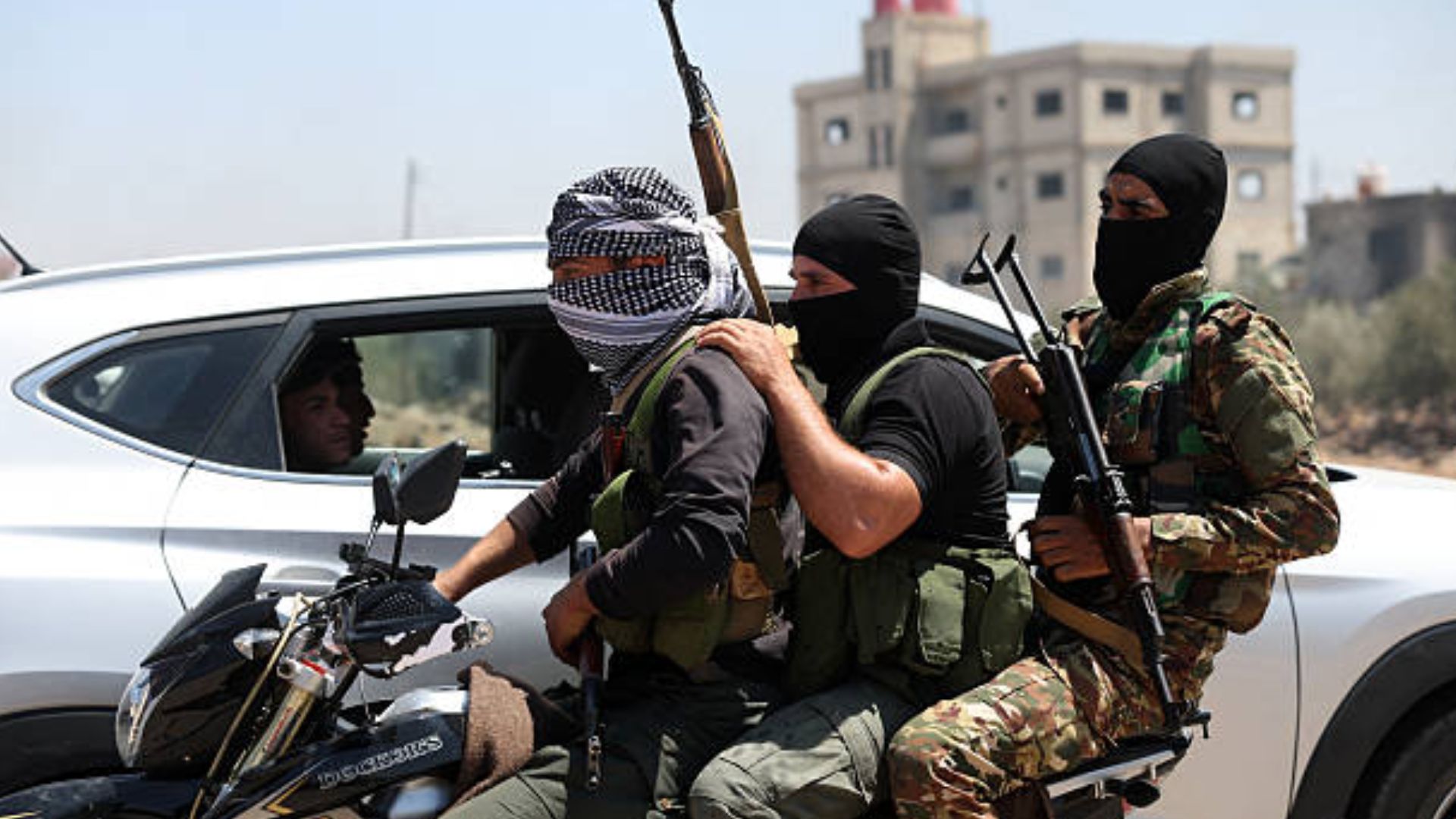Ceasefire Reached Between Israel and Syria Amidst Sweida Unrest

A ceasefire agreement has been brokered between Israel and Syria, following days of intense clashes in the Sweida region. U.S. Special Envoy to Syria, Tom Barrack, announced the agreement on Friday, July 18, 2025. The ceasefire is reportedly supported by Turkey, Jordan, and other neighboring countries, aiming to de-escalate the escalating violence.
Limited Syrian Access Granted to Sweida

As part of the agreement, Israel has conceded to allow a limited deployment of Syrian internal security forces into the Sweida district for a 48-hour period. This decision is attributed to the ongoing instability in the region. Previously, Israel had maintained a firm stance against the entry of Syrian troops into southern Syria.
Escalation Preceding the Ceasefire: A Week of Violence

The ceasefire follows a week of escalating tensions and violence in the Druze-majority city of Sweida. Clashes initially erupted between Druze armed groups and Bedouin tribes, drawing in Syrian government forces whose involvement further complicated the situation.
Early Week Clashes and Syrian Government Intervention

Early in the week, violence flared between Druze militias and Bedouin tribes in Sweida. Syrian government forces intervened but were accused by local witnesses of siding with the Bedouin tribes against Druze fighters and civilians, intensifying the conflict.
Failed Truce and Israeli Airstrikes on Damascus

On Wednesday, July 16, 2025, an initial truce was announced, mediated by the U.S., Turkey, and Arab countries, which resulted in the withdrawal of Syrian government forces from Sweida. However, the same day, Israel launched airstrikes deep into Damascus, targeting Syria's military headquarters and a site near the presidential palace. Additional strikes hit Syrian government forces in the south. Israel justified these actions as necessary to protect Syria's Druze minority. The U.S. State Department subsequently clarified that it did not endorse Israel's airstrikes.
Resumption of Clashes and Continued Israeli Strikes

Thursday, July 17, 2025, saw Syrian state media reporting further Israeli strikes near Sweida. Despite the earlier truce agreement, clashes between Druze groups and Bedouin clans resumed, undermining the initial de-escalation efforts.
Ceasefire Announcement and Lingering Tensions

On Friday, July 18, 2025, U.S. Envoy Tom Barrack announced the new ceasefire agreement. Despite the announcement, sporadic gunfire continued in Sweida, casting doubts on the truce's immediate effectiveness. The Syrian presidency announced plans to deploy a force to end the clashes, coordinating these actions with political and security measures.
Key Parties Involved in the Conflict

The conflict involves multiple parties: Israel, Syria (now under the leadership of Ahmed al-Sharaa, who assumed power after the fall of Bashar al-Assad in December), Druze militias, Bedouin tribes, Syrian government forces, and international mediators including the United States, Turkey, and Jordan.
Root Causes: Sectarian Tensions

The violence in Sweida is rooted in sectarian fighting between Druze militias and local Sunni Muslim Bedouin tribes. The Druze are a religious minority with communities in Syria, Lebanon, and Israel.
Israel's Stance: Protecting the Druze and Enforcing "Red Lines"

Israel views its actions as protective measures for the Druze community and a strategic effort to prevent hostile forces from establishing a presence near the Israeli-held Golan Heights. Prime Minister Benjamin Netanyahu has stated that Israel will continue to enforce its "red lines" in Syria, which include the demilitarization of the area south of Damascus and the protection of the Druze minority.
Casualty Reports and Displacement Figures
The UK-based Syrian Observatory for Human Rights reported over 300 deaths in Sweida province since the previous Sunday, including 27 Druze civilians allegedly executed by Syrian forces. Another report from Xinhua, also citing the Syrian Observatory for Human Rights, stated nearly 600 people had been killed by Thursday, including dozens of civilians.
Humanitarian Crisis: Widespread Displacement
The conflict has resulted in the displacement of nearly 80,000 people in less than a week, leading to a worsening humanitarian crisis marked by disruptions to essential services and increased suffering among the civilian population.
Statements from Key Stakeholders
U.S. Envoy Tom Barrack called upon "Druze, Bedouins, and Sunnis to put down their weapons and together with other minorities build a new and united Syrian identity in peace and prosperity with its neighbors." Syrian President Ahmed al-Sharaa has vowed to protect the Druze community and hold those responsible for violations accountable.
Controversies and Public Reaction
Syrian government forces have been accused of carrying out widespread violations against the Druze community. Syrian authorities have attributed the atrocities to "outlaw groups."
Divergence in Strategy: U.S. Opposition to Israeli Airstrikes
The U.S. did not support Israel's recent airstrikes, highlighting a potential divergence in strategy between the two allies, adding a layer of complexity to the regional dynamics.
Concerns About the Ceasefire's Viability
Despite the announced ceasefire, reports of continued clashes and skepticism about its effectiveness persist. Concerns remain about whether "the people on the ground will behave" and whether retaliatory actions will cease, undermining the prospects for a sustainable truce.
Humanitarian Concerns and Eyewitness Accounts
Eyewitness accounts describe widespread fears for trapped civilians, communication blackouts, burned homes, and executions. The UN refugee agency has urged all sides to allow humanitarian access to address the urgent needs of the affected population.
Distrust and Instability: Challenges to Lasting Peace
Israel's deep distrust of Syria's new leadership complicates efforts to achieve lasting stability. The crisis underscores the fragility of Syria's stability and the challenges facing its new leadership in asserting control over a fragmented landscape.
Regional Implications and International Involvement
The involvement of multiple regional and international actors, including the U.S., Turkey, Jordan, Israel, and Syria, underscores the potential for the events in Sweida to have broader regional implications and underscores the interconnectedness of the geopolitical landscape.